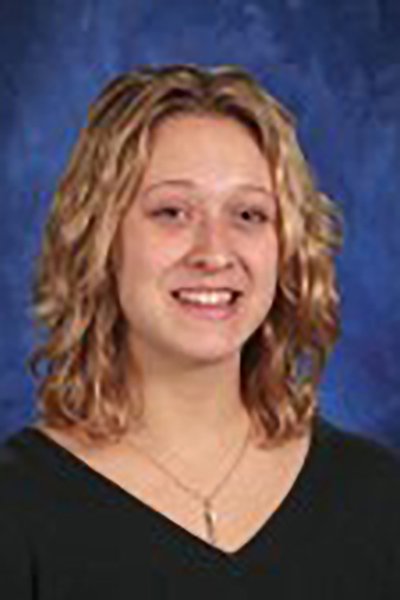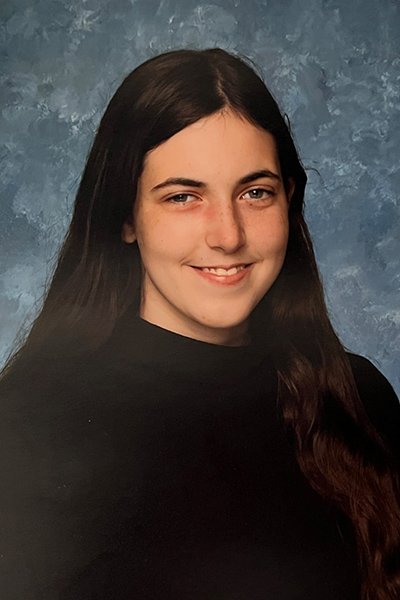Courtesy NYS Senate Media Services
By Julie Marlette, Hinman Straub, Special for NEAFA
The New York State fiscal year 2024 State Budget totals $229 billion, $2 billion more than the Governor’s original proposal. Highlights of the 2024 final budget related to NEAFA include:
Minimum Wage Increase
The final budget creates designated annual minimum wage increases beginning January 1, 2024 and concluding January 1, 2026.
For the downstate region (New York City, Westchester, Nassau, and Suffolk County) the designated minimum wage is as follows:
$16.00 on and after January 1, 2024.
$16.50 on and after January 1, 2025.
$17.00 on and after January 1, 2026.
For the rest of the state, the designated minimum wage is as follows:
$15.00 on and after January 1, 2024.
$15.50 on and after January 1, 2025.
$16.00 on and after January 1, 2026.
Beginning January 1, 2027, the minimum wage is automatically increased each year to keep pace with inflation. After reaching the maximum designated rate ($17 per hour downstate and $16 per hour upstate) the minimum wage would increase consistent with the year-over-year Consumer Price Index-W for the Northeast Region.
Exceptions
There is no automatic increase in the minimum wage for the following year if any of the following conditions are met, provided that such exception be limited to no more than two consecutive years:
CPI-W or any successor index as calculated by the United States department of labor, is negative.
The three-month moving average of the seasonally adjusted New York state unemployment rate as determined by the U-3 measure of labor underutilization for the most recent period ending the thirty-first of July as calculated by the United States department of labor rises by one-half percentage point or more relative to its low during the previous twelve months; or
Seasonally adjusted, total non-farm employment for New York state in July, calculated by the United States department of labor, decreased from the seasonally adjusted, total non-farm employment for New York state in April, and seasonally adjusted, total non-farm employment for New York state in July, calculated by the United States department of labor, decreased from the seasonally adjusted, total non-farm employment for New York state in January.
The commissioner of the Department of Labor is required to publish the adjusted minimum wage rates no later than the first of October of each year to take effect on the following first day of January.
Farm Labor Specialist
The final budget appropriates $401,000 for the farm labor specialist program, an increase of $199,000 over the Executive proposal.
NY Farm Viability Institute
The final budget includes $1.9 million for this program an increase of $900,000 over the Executive proposal.
Climate Adaptive Research Farms: Applied Infrastructure & Demonstration Projects
The final budget includes a new $5 million capital investment in this program, which was not included in the Executive proposal. This represents level funding.
PRO-DAIRY
Core Program: The final budget includes $1,463,000 to support the Pro-Dairy core program, an increase of $250,000 over the Executive proposal.
Agribusiness Child Development
The final budget includes $10,410,000 in funding for the child development program, an increase of $110,000 over the Executive Proposal.
Investment Tax Credit for Farmers
The final budget makes the investment tax credit (ITC) fully refundable for eligible farmers through December 31, 2027 and assist farmers with investments in their agri-enterprises.
Farm to School Initiatives
State Administered programs: The final budget includes $1,508,000 to the Department of Agriculture and Markets to support development of farm to school initiatives, an increase of $750,000 over the Executive proposal.
Farm to School Flexibility: The final budget provides greater flexibility for local governments, including school district and BOCES procurement by allowing purchases to be made from additional New York State producers. It also removes the limitations on the direct purchases of milk from licensed milk producers, regardless of the number of employees the processors employ. Districts and BOCES will also be allowed to purchase food products, grown, produced or harvested in New York, without a competitive process, so long as the amount is less than or equal to $250,000 and the purchases are reported.
Farm Fresh, Locally Grown Food: The final budget appropriates $10 million to support an increase for reimbursement for school lunches from $0.06 per meal to $0.25 per meal for any school districts that purchases at least 30% of its food from New York farmers and growers.
All Electric Buildings
The final budget includes a provision that will require the building code to prohibit the installation of fossil-fuel equipment and building systems, in any new building not more than seven stories in height, except for a new commercial or industrial building greater than one hundred thousand square feet in conditioned floor area, on or after December thirty-first, two thousand twenty-five. The prohibition on the installation of fossil-fuel equipment and building systems extends to all new buildings after December thirty-first, two thousand twenty-eight.
Exemptions
The prohibition in new buildings allows exemptions for the generation of emergency back-up power and standby power systems, in a manufactured home, or in a building or part of a building that is used as a manufacturing facility, commercial food establishment, laboratory, car wash, laundromat, hospital, other medical facility, critical infrastructure, including but not limited to emergency management facilities, wastewater treatment facilities, and water treatment and pumping facilities, agricultural building, fuel cell system, or crematorium.
New buildings that fall under the exemption, except for agricultural buildings, need to limit the use of fossil fuel systems to the area of the building that is difficult or infeasible to electrify and need to be constructed in a manner that is electrification ready. Exemptions need to be periodically reviewed by the building code council.
The code shall also allow for exemption of a new building construction project that requires an application for new or expanded electric service when electric service cannot be reasonably provided by the grid as operated by the local electric corporation or municipality.














